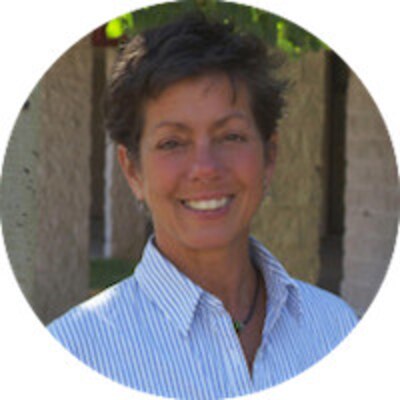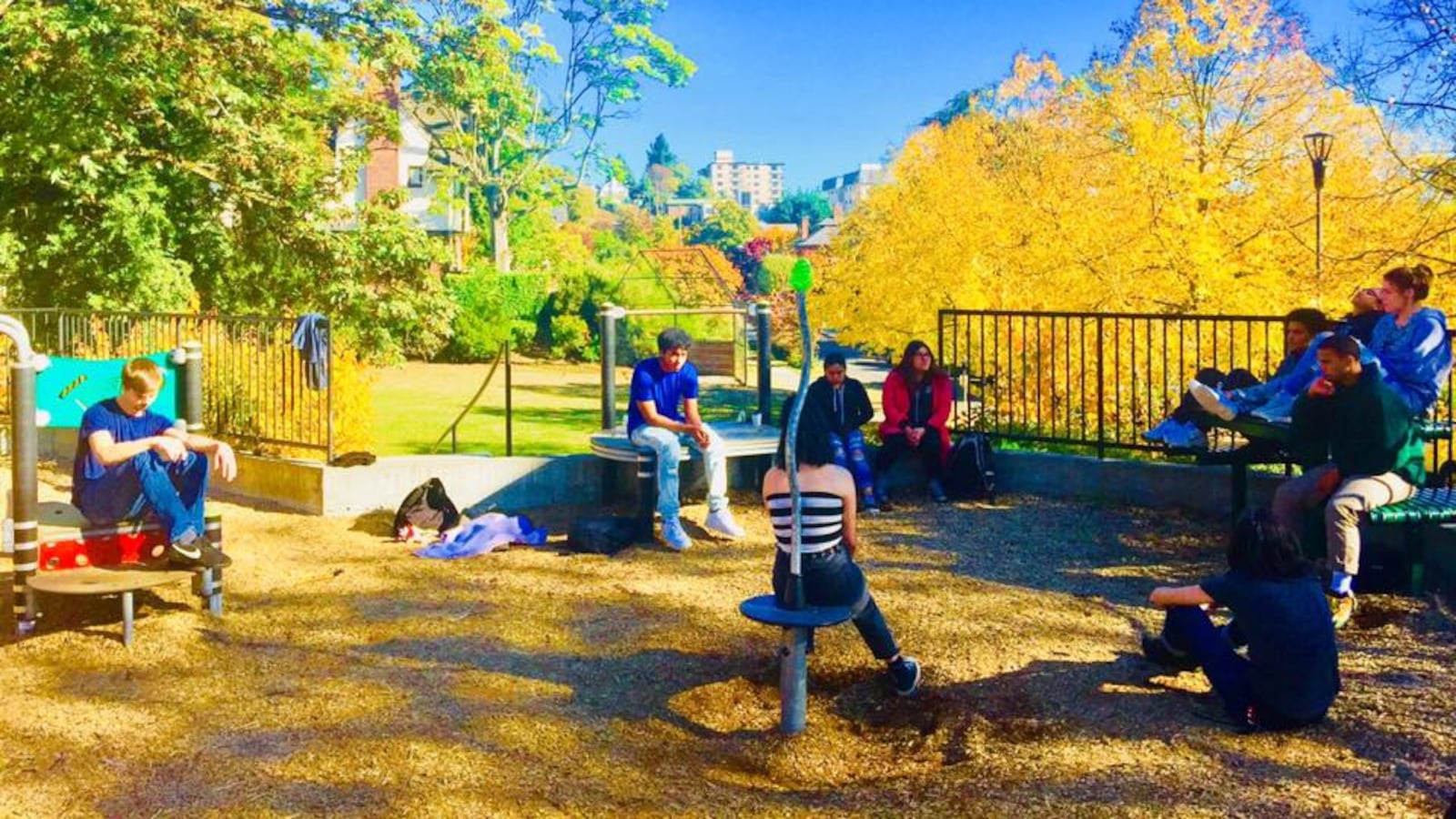I teach at Seattle’s largest alternative high school, which has been shuttered since March 11. Like all the campuses serving the city’s roughly 53,000 public school students, it is expected to remain closed for another six weeks amid the new coronavirus outbreak.

But our school, Interagency Academy, is not like most other schools. It serves some of the highest risk teens in Seattle — those who have been “permanently expelled” from comprehensive schools, who are homeless, who are incarcerated or who have just fallen through the cracks. I teach in one of the nation’s few “sober high school” programs, serving about 25 kids in recovery from drug and alcohol addiction. Each Interagency campus has a math and English teacher on-site. I run the computer lab where students take their science, history, and elective courses all virtually.
Connection, it has been said, is the opposite of addiction — and connection is what we have long provided to our students. We have a recovery coach on campus full-time, and he does life-changing work. He leads a daily, one-hour support group that is loosely based on the AA model, where young people build community through sharing their stories and becoming role models for one another. Students also take part in weekly “community circles,” where we address important social-emotional learning issues, and they attend regular sober social gatherings and field trips.
Now our educators and coaches are scrambling to support our students from afar, even as we are furloughed and going without paychecks.
For teenagers who have struggled with substance abuse, being part of a tight-knit community like ours can help them stay clean. So we worry about the effects of the healthcare edict that is “social distancing.” And while such isolation is already embedded in Seattle’s culture — locals call it The Freeze — the teenagers that we serve, young people at risk of self-medicating, need each other and they need us.
That’s why we have divided up our program’s roster so that each teacher can stay in touch with certain students. Just what every teenager wants when school is closed, right? Teachers calling, video-chatting, and texting. But that’s what we are doing, and we are finding ways to connect them to each other, too.
Last Monday in my advisory class, my students and I talked about the biology of fear and how contagious it is in this pandemic. We discussed pumping stress hormones, such as cortisol and adrenaline, through our system, as opposed to the love hormones of oxytocin and serotonin. I drew a circle and divided it in two. We talked about the conscious and unconscious mind. Fear lives in both parts. Some fears are unacknowledged and buried deep. Others, particularly at the present, are very much on the surface. Unnamed fears can trigger the physical stress response without warning. When we recognize this happening, I told my students, deep breathing can help calm our nervous system.
It was a lesson in self-awareness and our ability to modulate our reactions to trying circumstances. I hope they heard me because two days later, our school was shuttered, leaving so many of my students without the community they had come to rely on.
On the last day that we would be together for at least seven weeks — a school day we had no idea would be our last — I posted a big sign on the welcome whiteboard: “LOVE IS STRONGER THAN LYSOL. Wash your hands and open your heart.”
We need disinfectant now more than ever. But we need community even more.
Phyllis Coletta was a litigation attorney for 15 years before returning to the classroom as a Language Arts teacher in a comprehensive high school. She now teaches in an alternative high school in Seattle. Coletta also works as a freelance writer.
🔗About our First Person series:
First Person is where Chalkbeat features personal essays by educators, students, parents, and others trying to improve public education. Read our submission guidelines here.



